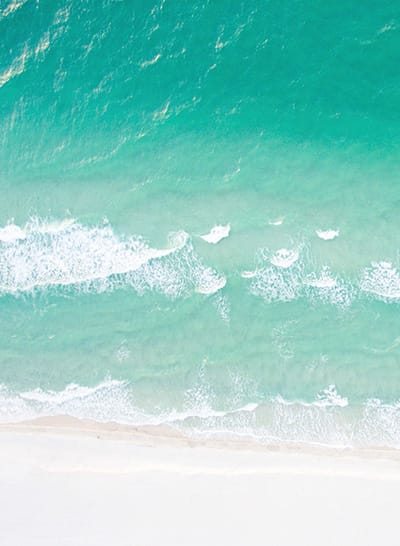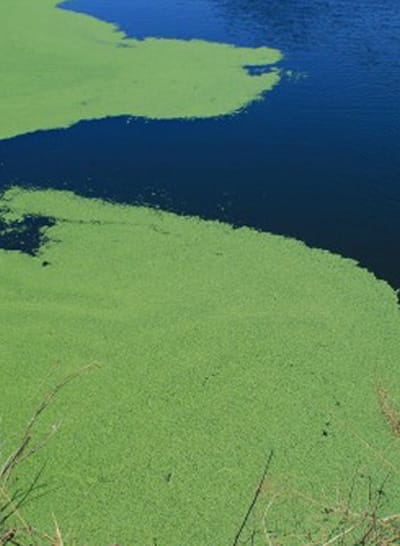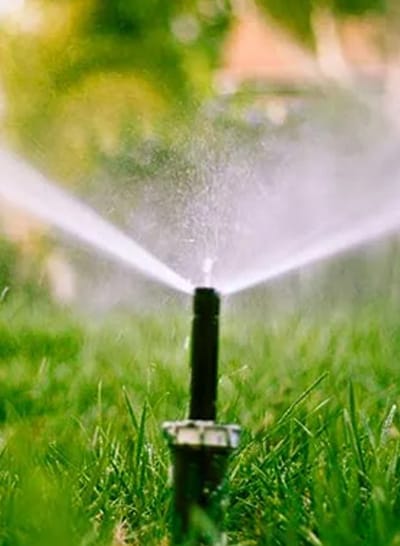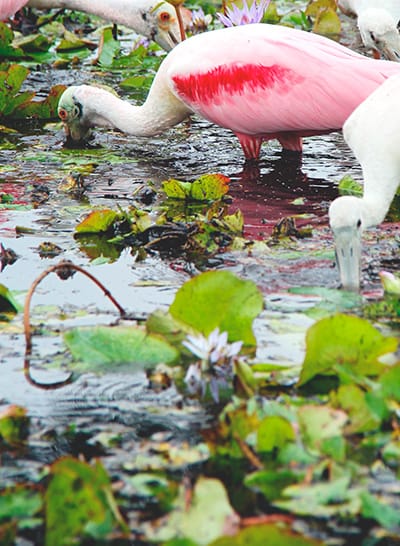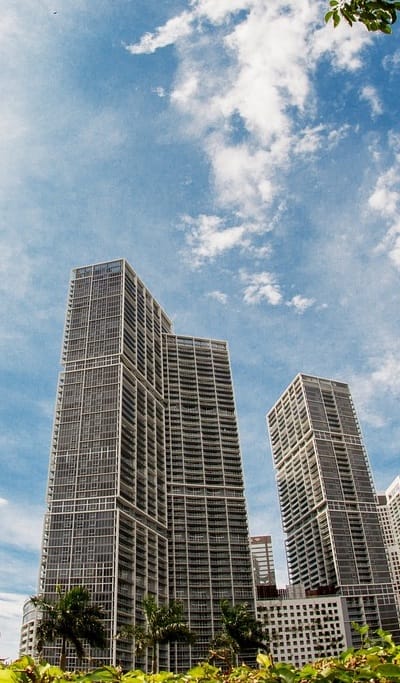This month’s curation contains one fairly frightening statistic about the number of heat related deaths occurring in Florida over the past few years; but this is counter-balanced by a number of stories outlining the kind of positive steps that can be taken to deal with issues such as the climate emergency, rising temperatures and the need to conserve our precious natural water supplies. A couple of stories look at the creation of ‘heat islands’ – built-up urban areas which tend to be even hotter than the surrounding landscapes – and the relatively simple steps that can help to make life more comfortable for the people living and working there. We also found a pair of articles dealing with conservation efforts in some of our stunning natural bodies of water, with technology and hard work combining to protect against the threat of algae and reintroduce natural vegetation.
Another theme of the week is education, featuring in a story about grants given to teachers to directly promote education around Florida’s water resources; and another in which the University of Florida researches the importance of efficient irrigation systems when it comes to conserving water (something we at Hoover know all about). Finally, two blasts from the past, highlighting how looking back in time can sometimes teach us how best to move forward. The first example uses the fossil record to set contemporary salinity targets for the Florida Everglades and the second takes architectural tips from Native Americans and early settlers in order to design homes built to cope naturally with the Florida climate.

